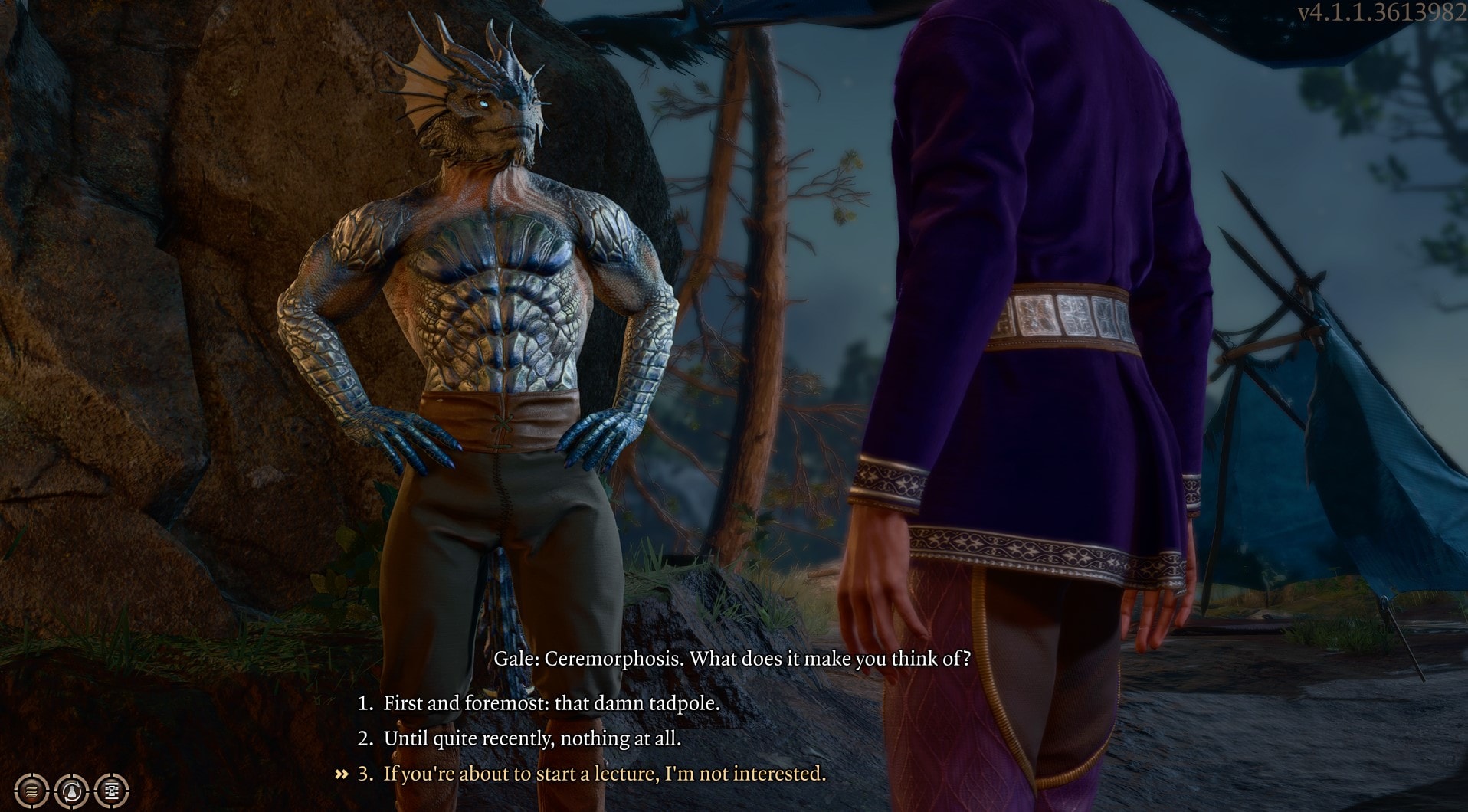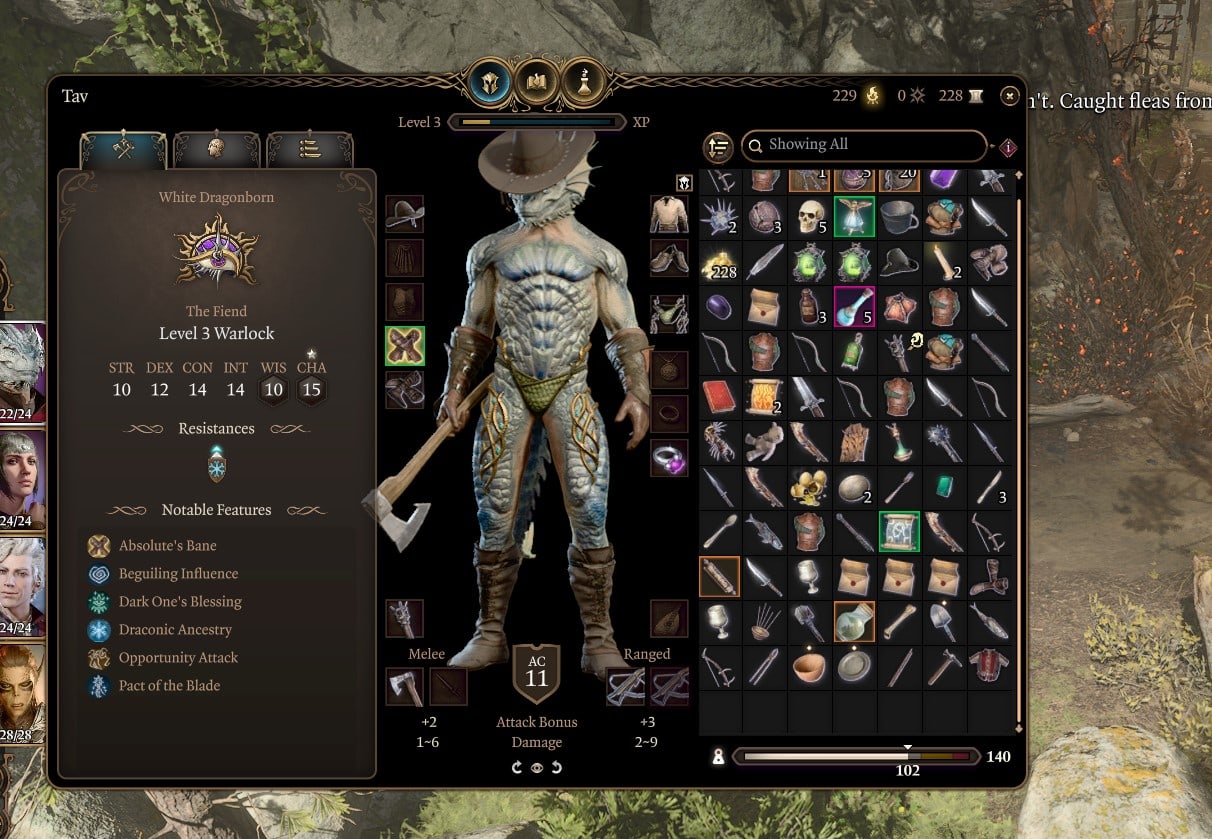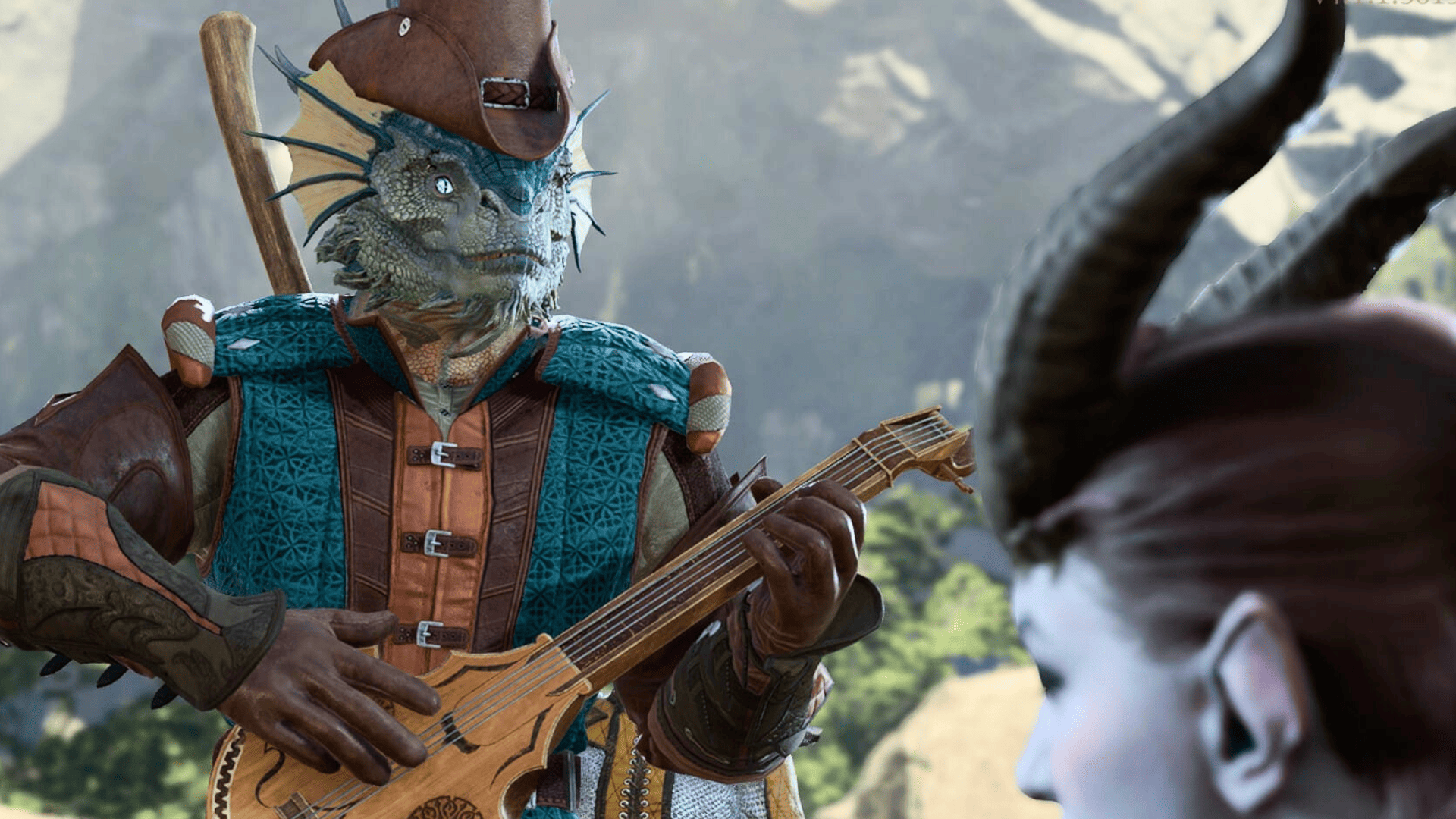Baldur’s Gate 3 early impressions: All the good and bad of D&D brought to life
Baldur’s Gate 3 has been many fantasy RPG fans’ most anticipated title for a while now. With the game launching out of early access, I’m happy to report that that excitement is definitely warranted. BG3 is a sprawling, open-world fantasy RPG on a level with Larian’s other similar projects, the Divinity Original Sin games. There’s depth and breadth aplenty to be found here, but that’s not necessarily always the best thing. As enchanting as this game can be, it also effectively highlights many of the systemic shortcomings Dungeons & Dragons has as a storytelling and roleplaying engine, even in its 5E iteration.
The main word I would use to describe Baldur’s Gate 3 is overwhelming, and I mean that in both positive and negative ways. From the start, you’re presented with a gluttony of choice when you enter the game’s character creator. Because it’s pulling directly from the Dungeons & Dragons framework, BG3 has multiple races, backgrounds, classes, and specializations to choose from. That’s all if you decide to create your own original character, instead of taking on one of the pre-made origin options. These characters are your potential companions, but you can also choose to play as one of them, which will frame the story from their unique points of view.

The concepts for these party members/origin characters are all compelling; these are some complicated, messy people, many of whom have opposing worldviews and values. If you have party members with differing morals in your party, you will definitely hear about it, both while you’re out adventuring and back at your camp. These interactions breathe life into the characters and the world, as everyone will react to your circumstances and the ensuing events in their own ways based on their backgrounds. But it wouldn’t be a fun story without some drama too, and each of your teammates brings their own version of that to the table.
Even more interestingly, that drama can have an impact on your quests, offering alternate options to take on certain encounters. This feels perfectly at home within Laraian’s design philosophy, allowing players dozens of options to deal with their circumstances through character traits alone. That doesn’t even factor in other abilities and skill checks that you may have at your disposal, depending on your starting selections and how you choose to level up.
Unfortunately for me, leveling up and classes are where some of the constraints of the D&D system really start to make themselves known. Most of the classes available to you will rely on magic in some form, and it feels like you can’t really have a heavily melee-based class without either being a Fighter (which takes most magic away from you) or being a healing/support-focused type of character, like a Paladin or Cleric. That said, you can multiclass later on, which is nice, and there are also feats, which allow you to take on additional skills, spells, and/or proficiencies. These options make the characters a bit more flexible and customizable, which I felt was definitely a needed touch to take some of the rigidity out of the traditional character system.

Your character’s class will also dictate when they get to change out spells or learn new ones, which gets annoying fairly quickly. Classes that are more heavily focused on magic can learn spells daily, while others that mix magic and weapons can only change them out when they level up. If you’re not super familiar with every spell The Forgotten Realms has on offer, trying to choose just two in the early game when you have limited spell slots is again, overwhelming. Beyond that, having spell slots is annoying if you’re used to RPGs that have a mana pool to cast from. Especially since you can restore health with potions, but there’s not really a magical equivalent outside of resting.
Though the mechanical holdovers from traditional D&D can feel restricting and irritating at times, Baldur’s Gate 3 is still a tremendously expressive game. Beyond its detailed and inclusive character creator, there are also tons of different cosmetic items hidden around Faerun. Personally, I took to putting my Dragonborn Warlock Tav in cowboy hats, making him look like Rango. I also found capes and tons of other hats, and I’m only about 15 hours in. I also had the option to have him just wear the hat, as one of his spells requires you not to wear any armor to cast it.
This expressivity expands into the world and quests as well. While playing this, unless you’re in multiplayer mode, you probably won’t have the same experience as any of your friends who are checking Baldur’s Gate 3. There are so many options for where to go, who to talk to, who you bring with you, and how you handle conflicts, that everyone I’ve talked to has been approaching the game in completely different ways. You may pass a perception check that someone else missed, or fail an arcana check they hit, opening up completely different paths through the encounter. That makes it all the more frustrating when the game forces certain outcomes on you.

Some conflicts feel scripted because of the nature of the game’s source material. Goblins in D&D are inherently villainous, and BG3 maintains that notion, forcing you to choose blatantly “bad” or “evil” paths if you want to spare them from slaughter or take their side. This is frustrating, because you can talk to them up until these choices, using your charm or other skills to enter their camps peacefully, and even having close conversations with them as some of the Origin characters. But even as Larian flirts with making the goblins just as fully realized as everyone else, the source material seems to have kept them from actually committing to it. I can’t help but feel like we’d have a more interesting take on goblins had Larian been able to take a more Divinity Original Sin-style approach to them.
These moments of forced outcomes create tension in an otherwise mostly (pun intended) magical experience. I do think it needs to be said that this game follows the traditions of CRPGs, which include controls that can feel a bit outdated and maps/objective markers that can be extremely obtuse. I could definitely see this being another point of tension for folks, though personally I’m comfortable with them and don’t really mind.
With all that there is to do and try in Baldur’s Gate 3, it’s easy to have decision paralysis, but if you lean into everything it has to offer and really bask in the roleplaying aspect, you won’t want to come up for air even when you hit the 90-hour mark.






